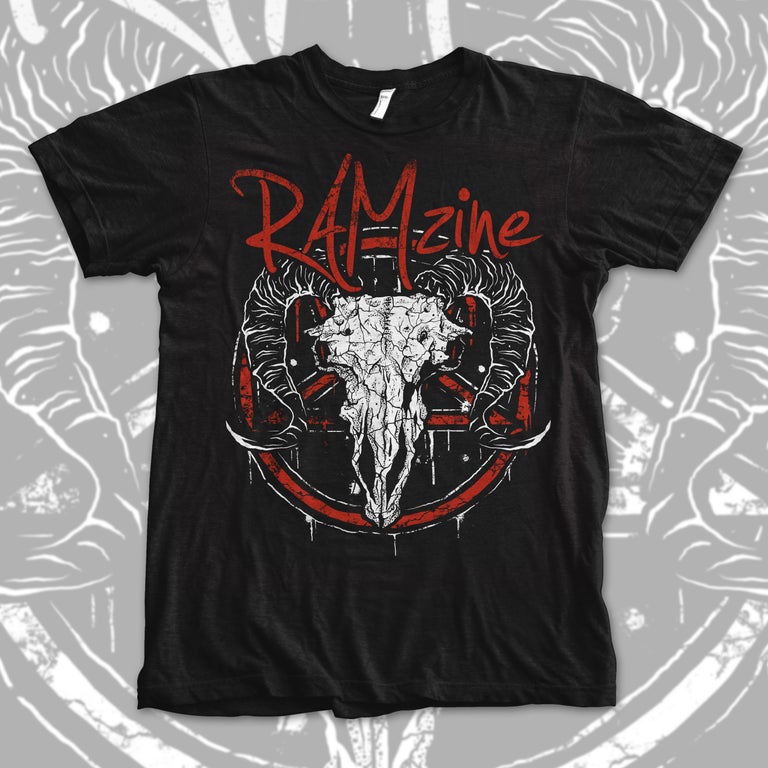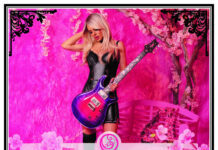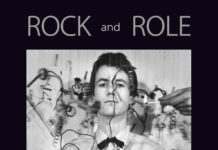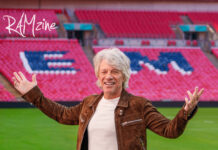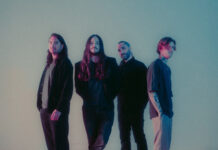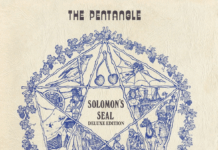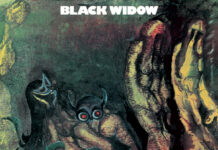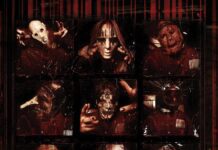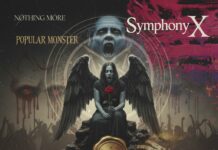Recently, the cast of Lord of the Rings got back together for a Zoom reunion.
As part of the recent world crisis, such meetings have become popular with people stuck at home, and Sir Ian McKellan, Elijah Wood and other cast members met up to discuss the movies and their lasting influence. Of course, it isn’t just the movies that have had a lasting influence; the books that spawned them have inspired many different forms of media over the years. One popular song they have almost certainly influenced is The Battle of Evermore by rock outfit Led Zeppelin, taken from their 1971 album commonly known as Led Zeppelin IV.
With acoustic guitar, mandolin and vocals from guest artist Sandy Denny, it is a track that has gained traction as a classic over time. Not released as a single, it formed part of their early catalogue, which didn’t get the widespread acclaim it deserved when first released. The song still formed part of the band’s set as recently as 2012, when they announced a one-off gig to delight fans who followed them over the years.
The song is unique in that it is the only Led Zeppelin track that uses guest vocals. In 2004 it was named as one of 1010 songs you must own by Q Magazine and, in the same issue, it was included on a list of ten songs based on novels, something that is a Led Zeppelin hallmark.
The track draws inspiration from Tolkien’s Lord of the Rings books, and it is not the only one in the band’s repertoire to do so. Misty Mountain Hop and Ramble On are both based on the books, which had a clear effect on the band and their material. It is not surprising to learn that Lord of the Rings had a heavy influence on them, as many musicians cite the books as motivation for their work, with The Wizard by Uriah Heap another prime example. However, it is ‘Zep’ as they are known to fans who have perhaps used the books as inspiration the most, not least with Evermore.
The track introduces the Queen of Light character, voiced by Denny, who added a female dynamic to a song that at times is a battle between the Prince of Peace and her character. Some fans suggest that the song is about the Battle of the Pelennor Fields, whilst others believe it to be a little less obvious. Some believe it refers generally to the third book in the series, The Return of the King. It is commonly interpreted that the Prince of Peace, who “embraced the gloom” and “walked the night alone”, refers to Frodo Baggins. In the books, he left for Mordor with only his friend Samwise. In contrast, The Queen of Light “took her bow” and is believed to be Galadriel, a queen of the Elves.
It is not surprising that the works of Tolkien influenced Led Zepplin, as references to his novels can be found in every type of media to this day. Foxy Bingo has a game called the White Wizard that draws heavily from the Lord of the Rings trilogy, with the title alluding to the character of Gandalf. In fact, The Lord of the Rings has heavily influenced the fantasy gaming genre with Final Fantasy and Dungeons and Dragons two other popular franchises which have obvious parallels with the work of Tolkien. Whilst gaming is an obvious platform for the influence to extend to, music is perhaps not. Yet, it is not only rock music that the books inspire either, bluegrass artist Chris Thile released an instrumental album titled Not All Who Wander Are Lost based on a poem from the Fellowship of the Ring.
Whilst Thile directly references the text, Led Zeppelin do not quote from the books. Contemporary analysts believe there is also imagery and themes taken from the Anglo-Scottish wars of the 15th and 16th century hidden in the depths of the track. Throw in the chance encounter with a mandolin at the band’s rented country house-come-studio, Headley Grange, in East Hampshire and you have a song built by layer upon layer of complexity and intrigue. Evermore also draws on Celtic mythology and works such as Lewis Spence’s Magic Arts in Celtic Britain. Whatever the true interpretation, there is little doubt the song draws heavily from all sorts of mythology and is a classic of the Zep back catalogue.


